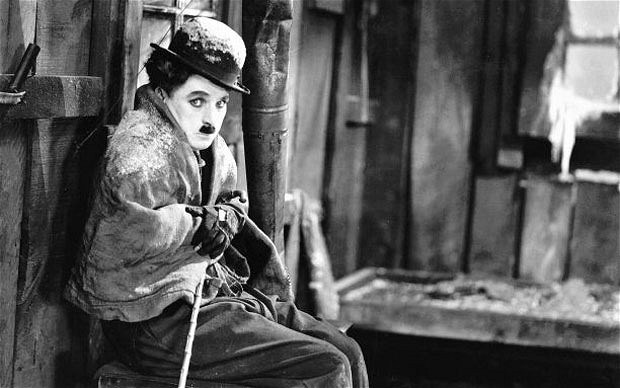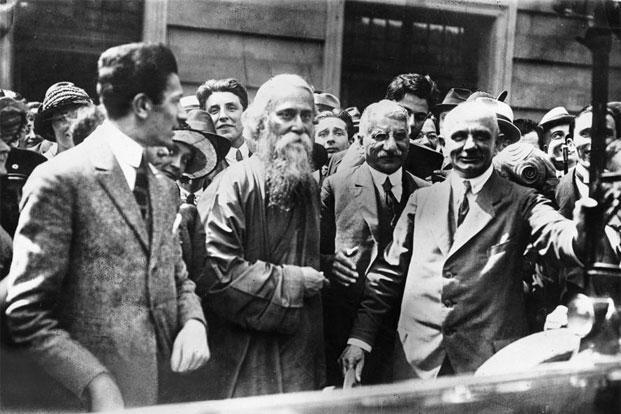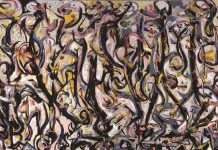An artist’s mind is a treasure house of creative zeal and innovative practice, the story of Bea Haines is an inspiring one that reminds us of how death is only an extension of life.
Kavya Thomas | THE NEW LEAM
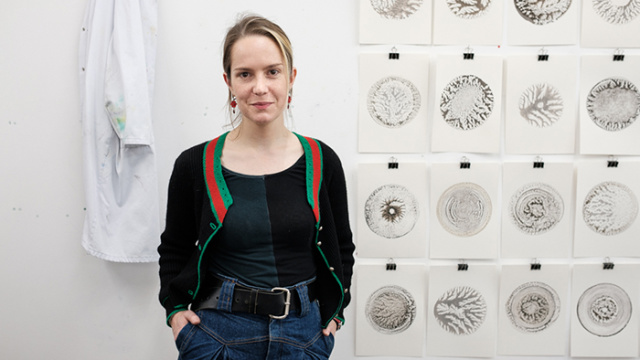
Bea Haines is an artist of a different kind. She does not confine herself to just an art studio, to blank canvases and high quality art tools. While she makes use of these things like her counterparts she takes a step ahead and gives her art an altogether new character. What is it that makes her work and her creativity stand out?
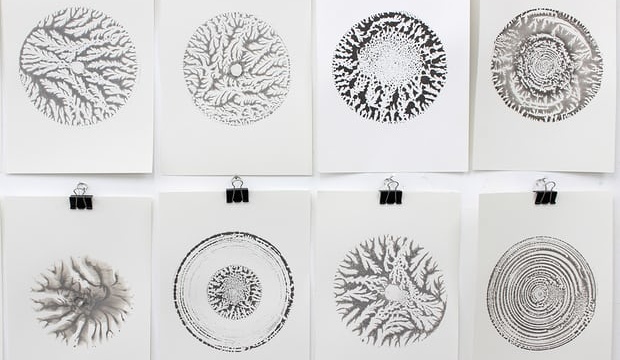
Bea Haines is unique because through her art she chose to pay tribute to her dead great-uncle and her grandmother who passed away ten years ago. She recalls that when her grandmother had passed away they were left with the house in which she had lived and in all corners of the house were reminiscences of her grandmother. From the things she used, to the chair she fondly sat on, to the carpet that was worn out by being under her feet for many years and so on and so forth- it was as if her grandmother had continued to live on through the things that she had left behind. It was at that moment that Bea decided to make use of her grandmother’s ‘gallstones’ (as these were all she had of her grandmother’s body) in creating a piece of art. As a daughter of parents who met and worked at the Madame Tussauds it came naturally to Bea to innovate and pay homage to her loving grandmother through her artistic sensibilities.
The artist notes that for most people gallstones are nothing but biological waste but for her they were her grandmother’s relics. She worked on them under the microscope and magnified the crater like images that she saw, nurturing and developing these with her own artistic sensibilities. Her grandmother was an epitome of love and the artist thought of an extremely innovative way to deal with her death. Bea Haines said “People burn and bury their bodies because there’s this notion of ‘rest in peace’. But why rest in peace when you can have some kind of life after you’ve died?”
Bea similarly took a revolutionary step while dealing with her great-uncle’s death. Instead of scattering his ashes she chose to convert them into paint for art. She shares how she faced some initial ridicule and resistance when she shared the idea but how gradually things fell into place when people began to see the purpose behind it. She took efforts to collect water from the lake where her uncle Jack has learnt to swim as a child and used that along with his ashes to create the paint for her artwork.
Bea said,
There’s a great deal of my time and effort and love put into these projects. To me, what I’m doing is actually more respectful than just scattering ashes or throwing gallstones away as biological waste. This is my way of respecting the dead.
Bea Haines ideas are indeed revolutionary and her way of approaching the tabooed theme of death is inspiring. While in most families this topic is avoided and regarded as negative, non-negotiable and distasteful, the ideas of this artist open our eyes to an altogether new alternative. Yes, death is an inevitable part of life and it is as natural as birth is. It has rightly been said that the artist is endowed with a sensibility beyond the average human and thus can find meaning even in the darkest of hours. Bea Haines creations are not just pieces of great art but are also testimonies to a higher, spiritually inclined and evolved discussion on death.
The New Leam has no external source of funding. For retaining its uniqueness, its high quality, its distinctive philosophy we wish to reduce the degree of dependence on corporate funding. We believe that if individuals like you come forward and SUPPORT THIS ENDEAVOR can make the magazine self-reliant in a very innovative way.


